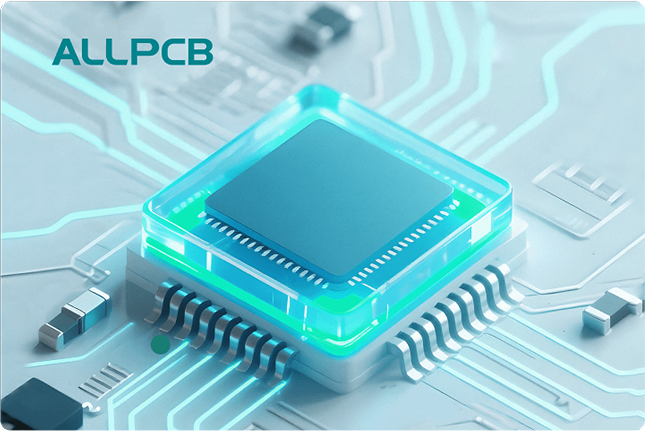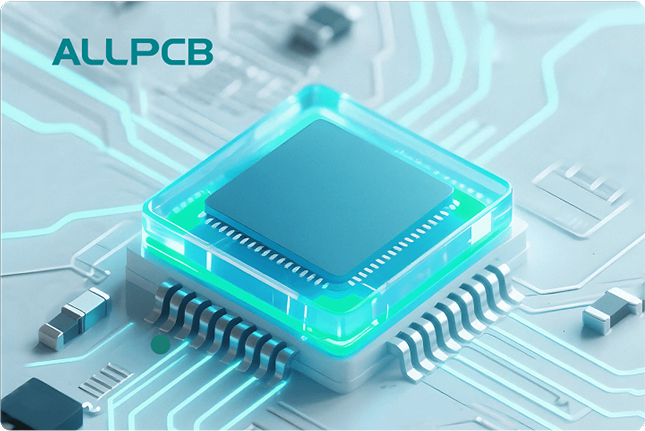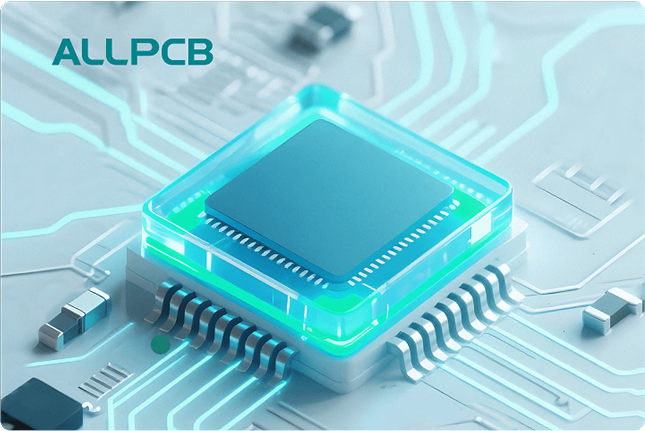When it comes to prototype assembly for printed circuit boards (PCBs), ensuring quality is critical to avoid costly errors and delays. How can you guarantee that your prototype meets the highest standards? The answer lies in using effective inspection techniques like Automated Optical Inspection (AOI), X-ray inspection for PCBs, manual visual inspection, and checks for component placement accuracy and solder joint quality. In this comprehensive guide, we’ll dive deep into these methods, explaining how they work, why they matter, and how they can help you achieve flawless results in your prototype assembly process.
Why Inspection Techniques Matter in Prototype Assembly
In the fast-paced world of electronics development, prototypes are the foundation of innovation. They allow engineers to test designs before full-scale production. However, even a small defect—such as a misplaced component or a weak solder joint—can lead to malfunctions, wasted time, and increased costs. Inspection techniques are your safeguard against these issues. By identifying errors early, you can refine your design and ensure reliability. Let’s explore the key inspection methods that play a vital role in maintaining quality during prototype assembly.
Automated Optical Inspection (AOI): Precision at Scale
Automated Optical Inspection, or AOI, is a game-changer in PCB assembly. This technology uses high-resolution cameras and advanced software to scan the surface of a PCB for defects. It’s especially useful for detecting issues like missing components, incorrect placements, and surface defects such as scratches or stains. AOI systems can inspect thousands of solder joints and components in seconds, making them ideal for both prototype and high-volume production.
One of the biggest advantages of AOI is its accuracy. Studies show that AOI can achieve defect detection rates of over 95%, far surpassing manual methods in speed and consistency. For instance, it can spot a misaligned component as small as 0.1 mm, which might be invisible to the naked eye. This level of precision ensures that your prototype meets design specifications before moving to the next stage.
However, AOI isn’t perfect. It primarily focuses on surface-level issues and may miss internal defects like voids in solder joints. That’s why it’s often paired with other techniques for comprehensive quality control. For engineers working on prototypes, integrating AOI into the assembly process can save hours of troubleshooting down the line.
X-Ray Inspection for PCBs: Seeing Beneath the Surface
While AOI excels at surface inspection, X-ray inspection for PCBs takes quality control to the next level by revealing hidden flaws. This method uses X-ray imaging to examine internal structures, making it invaluable for detecting issues like voids in solder joints, misaligned layers in multilayer boards, or defects in ball grid array (BGA) components. For complex prototypes with densely packed components, X-ray inspection is often the only way to ensure internal integrity without destructive testing.
X-ray systems can penetrate through materials to provide a detailed view of solder connections. For example, they can identify a void in a solder joint that might cause a failure under thermal stress. According to industry data, up to 30% of BGA solder joint failures are due to hidden voids, which X-ray inspection can detect with over 90% accuracy. This makes it a critical tool for high-reliability applications like aerospace or medical devices.
Though X-ray inspection is highly effective, it requires specialized equipment and trained operators, which can add to costs. For prototype assembly, it’s best used selectively on critical components or when other methods fall short. By incorporating X-ray inspection, you can catch internal defects early and avoid costly redesigns.
Manual Visual Inspection: The Human Touch
Despite advances in technology, manual visual inspection remains a cornerstone of prototype assembly quality control. This method involves trained technicians examining PCBs with the naked eye or using magnifying tools to spot defects. It’s particularly useful for identifying issues that automated systems might miss, such as subtle discoloration, uneven solder paste application, or physical damage to components.
Manual visual inspection is often the first line of defense in prototype assembly. It’s cost-effective and doesn’t require expensive equipment, making it accessible for small-scale projects or early-stage prototypes. For instance, a technician can quickly check if a capacitor is placed at the correct angle or if there are visible cracks on the board. However, its effectiveness depends heavily on the inspector’s experience and attention to detail, and it’s prone to human error—especially for boards with thousands of tiny components.
To maximize the benefits of manual visual inspection, it’s often combined with checklists or standardized criteria. This ensures consistency and helps catch errors before they escalate. While it may not match the speed of AOI or the depth of X-ray inspection, manual visual inspection adds a valuable human perspective to the quality control process.
Component Placement Accuracy: Precision is Key
Component placement accuracy is a critical factor in ensuring the functionality of a PCB prototype. Even a slight misalignment can disrupt electrical connections, leading to signal integrity issues or complete failure. During the assembly process, components must be placed within tight tolerances—often as precise as 0.05 mm for high-density designs. Inspection techniques play a vital role in verifying that every part is exactly where it should be.
AOI systems are particularly effective for checking component placement accuracy. They compare the actual placement against the design file, flagging any deviations. For example, if a resistor is rotated 90 degrees from its intended orientation, AOI can detect this instantly. Some advanced systems even measure placement offsets in micrometers, ensuring compliance with design specs. For prototypes, where design iterations are common, this level of precision helps identify assembly issues before functional testing.
In cases where AOI isn’t sufficient, manual visual inspection or even coordinate measuring machines (CMM) can be used for spot checks. By prioritizing component placement accuracy, you reduce the risk of performance issues and ensure your prototype is ready for real-world testing.
Solder Joint Quality: The Backbone of Reliability
Solder joint quality directly impacts the reliability and longevity of a PCB. Poor solder joints can lead to open circuits, intermittent connections, or failures under stress. During prototype assembly, inspecting solder joints is essential to catch defects like insufficient solder, cold joints, or voids that could compromise performance.
Multiple inspection techniques are used to evaluate solder joint quality. AOI can detect visible issues such as excess solder or bridging between joints. For hidden defects, X-ray inspection is indispensable, as it can reveal internal voids or cracks. Industry standards suggest that solder joint voids should be kept below 25% of the joint area to ensure reliability, and X-ray systems can quantify this with high accuracy.
Additionally, manual visual inspection can spot surface-level issues like uneven solder distribution. For high-stakes prototypes, some engineers also use destructive testing on sample boards to physically inspect solder joint cross-sections under a microscope. By combining these methods, you can ensure that solder joints meet the necessary standards for durability and conductivity, preventing failures in the field.
Combining Inspection Techniques for Optimal Results
Each inspection technique has its strengths and limitations. AOI offers speed and precision for surface defects, X-ray inspection uncovers hidden flaws, and manual visual inspection provides a hands-on perspective. When it comes to component placement accuracy and solder joint quality, a combination of methods often yields the best results. For instance, using AOI for initial checks, followed by X-ray inspection for critical areas, and manual spot checks for confirmation can create a robust quality control process.
For prototype assembly, flexibility is key. Depending on the complexity of your design and the intended application, you can tailor your inspection approach. A simple single-layer board might only need manual visual inspection and AOI, while a multilayer board for a medical device could require the full suite of techniques. By strategically combining these methods, you minimize risks and maximize the chances of a successful prototype.
Best Practices for Implementing Inspection in Prototype Assembly
To make the most of these inspection techniques, follow these best practices during your prototype assembly process:
- Start Early: Begin inspections at the earliest stages of assembly to catch defects before they compound. For example, check component placement immediately after pick-and-place operations.
- Use Standards: Adhere to industry standards like IPC-A-610 for acceptable quality levels in solder joints and component placement.
- Train Staff: Ensure that technicians performing manual visual inspections are well-trained and equipped with proper tools like magnifying lenses or microscopes.
- Leverage Data: Use data from AOI and X-ray inspections to identify recurring issues and improve assembly processes for future prototypes.
- Document Findings: Keep detailed records of inspection results to track quality trends and inform design revisions.
By incorporating these practices, you can streamline your inspection process and build confidence in the quality of your prototypes.
The Future of Inspection Techniques in Prototype Assembly
As technology advances, inspection techniques are evolving to keep pace with increasingly complex PCB designs. Innovations like 3D AOI systems, which provide depth analysis in addition to surface scans, are becoming more common. Artificial intelligence (AI) is also being integrated into inspection tools, enabling systems to learn from past data and predict potential defects with higher accuracy. For X-ray inspection, improvements in imaging resolution are making it possible to detect even smaller internal flaws.
For engineers working on prototypes, staying updated on these advancements can provide a competitive edge. Adopting cutting-edge inspection methods not only improves quality but also speeds up the development cycle, allowing you to bring products to market faster.
Conclusion: Building Quality into Every Prototype
Ensuring quality in your prototype assembly process is non-negotiable if you want reliable, high-performing PCBs. Techniques like Automated Optical Inspection (AOI), X-ray inspection for PCBs, and manual visual inspection each offer unique benefits in detecting defects and verifying component placement accuracy and solder joint quality. By understanding and applying these methods strategically, you can catch issues early, reduce costs, and create prototypes that meet the highest standards.
Whether you’re working on a simple design or a complex multilayer board, a tailored inspection approach is your key to success. With the right tools and practices, you can build confidence in your prototypes and pave the way for seamless production. Trust in these proven techniques to deliver the quality your projects deserve.
 ALLPCB
ALLPCB







